Aussie Subs To Get Onboard 3D Printing
3D PRINTING UNDER THE OCEAN
The Royal Australian Navy thinks a new form of 3D printing could help it solve one of the most difficult engineering challenges on Earth. The RAN operates a fleet of six Collins-class submarines, which operate over huge areas of ocean. The problem is that if they suffer from any damage or mechanical failures it can take them a long time to make it to a suitable shipyard for repairs – and, even when they do, repairs on a submarine aren’t all that simple.
Any welding at all on a submarine is dangerous, because the heat and gases create a serious fire hazard in a confined space packed with fuel, weapons and equipment. It’s often impossible to clear away flammable material from whatever needs to be welded, and if a fire does start it can use all the oxygen inside the boat in minutes. That’s extremely dangerous, so repairs at sea are something submarines avoid unless it’s absolutely necessary.
However, returning to a shipyard for even a minor repair means a boat missing days or weeks from its patrol, and with only six submarines in the fleet, Australia can’t always send a replacement. On top of that, submarine pressure hulls are hard to work with anyway. They’re made from thick sections of specialist cold-rolled steel, and they don’t react well to welding. Sometimes it’s the only way to repair one, but a little-known fact is that once a pressure hull has been welded it’s never the same again, and often the boat has to have depth restrictions imposed on it for the rest of its life.
Updating the solution
Now the RAN thinks it has a solution – Cold Spray, a new form of 3D printing. Cold Spray uses a supersonic stream of compressed gas to blast surfaces with tiny metal particles. This metal dust hits the surface so fast that it’s fused to it without needing heat – so it can be used to build up solid metal to create objects or repair damage.
One big advantage is safety. The gas used is inert nitrogen, which doesn’t burn or explode and is found naturally in the air. That means there’s no fire hazard from the process, or even from storing cylinders of flammable gas in the boat.
Another advantage is that, because it doesn’t use heat to fuse the metal, Cold Spray doesn’t damage cold-rolled steel. ASC, the organisation that maintains Australia’s submarines, says the technique can even be used to repair pressure hulls – and they’re working on portable equipment that would let that be done at sea.
If Cold Spray is a success, Australia will have achieved a big improvement in the reliability and availability of its submarine fleet. Damage or mechanical failures that would have sent a boat home to the dockyard will be repairable at sea, without interrupting the patrol. Pressure hull damage that conventional welding could never have properly repaired will be fixed by adding new metal in a way that doesn’t damage the steel.
Right now, Cold Spray is a highly specialised technique – but, not many years ago, all 3D printing was highly specialised. The technology is always getting cheaper and more accessible, though. In the next year or so, Cold Spray could be helping Australia’s subs protect their long coastline and trade routes; who knows what else it will be doing ten years from now?

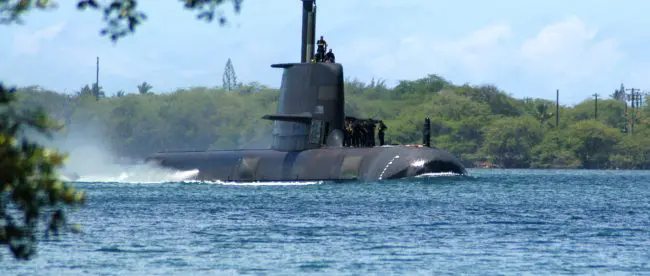
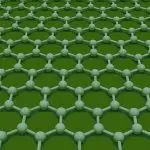
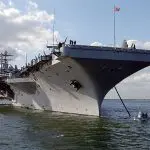
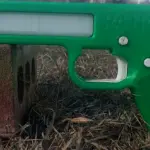
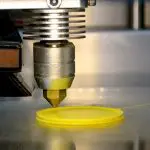
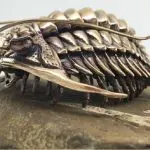
Leave a comment
You must be logged in to post a comment.